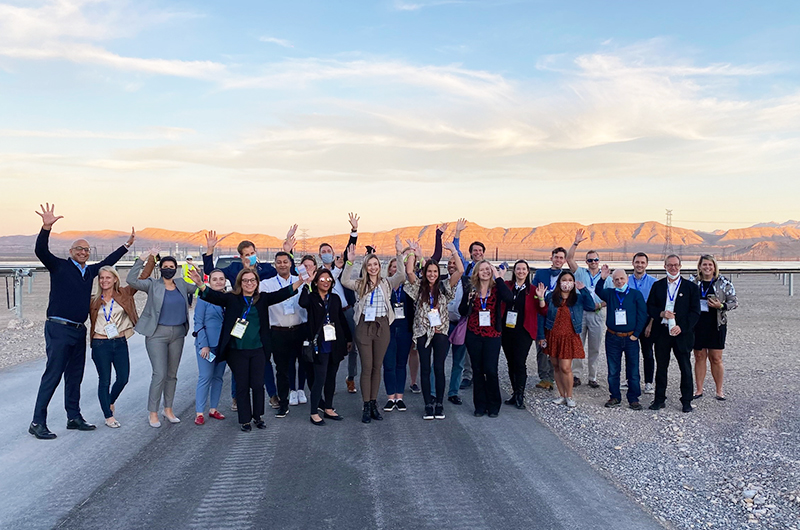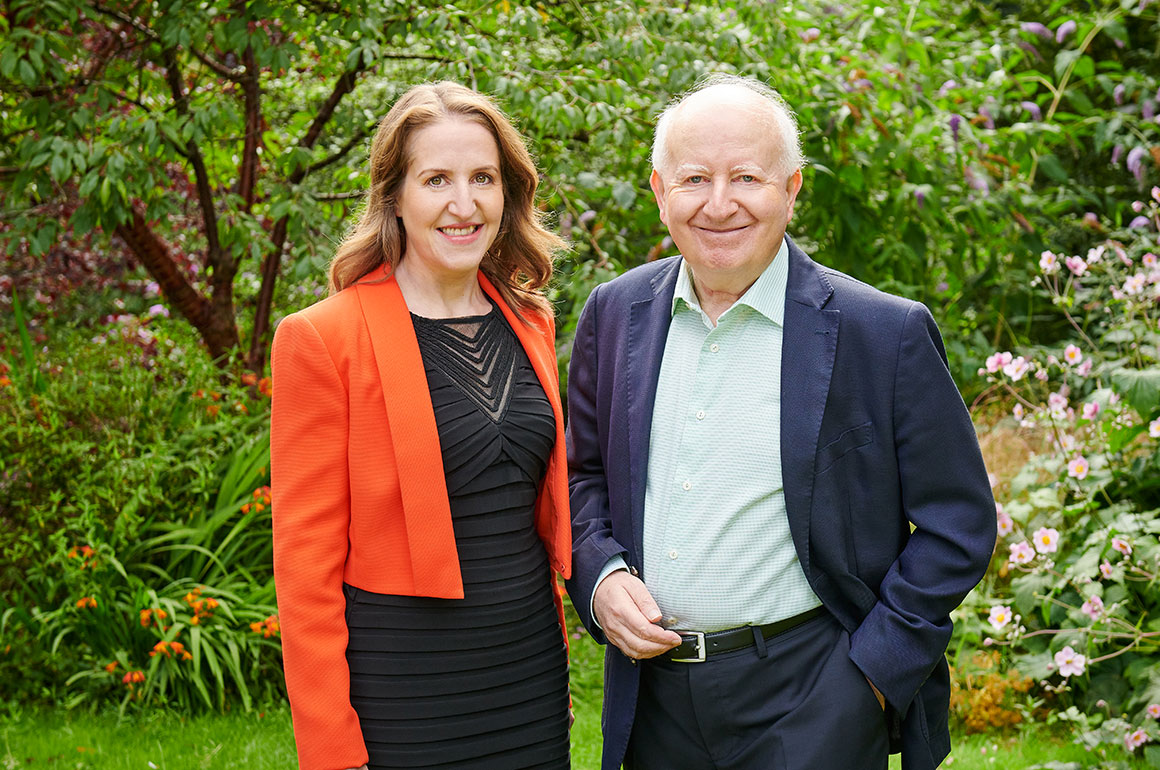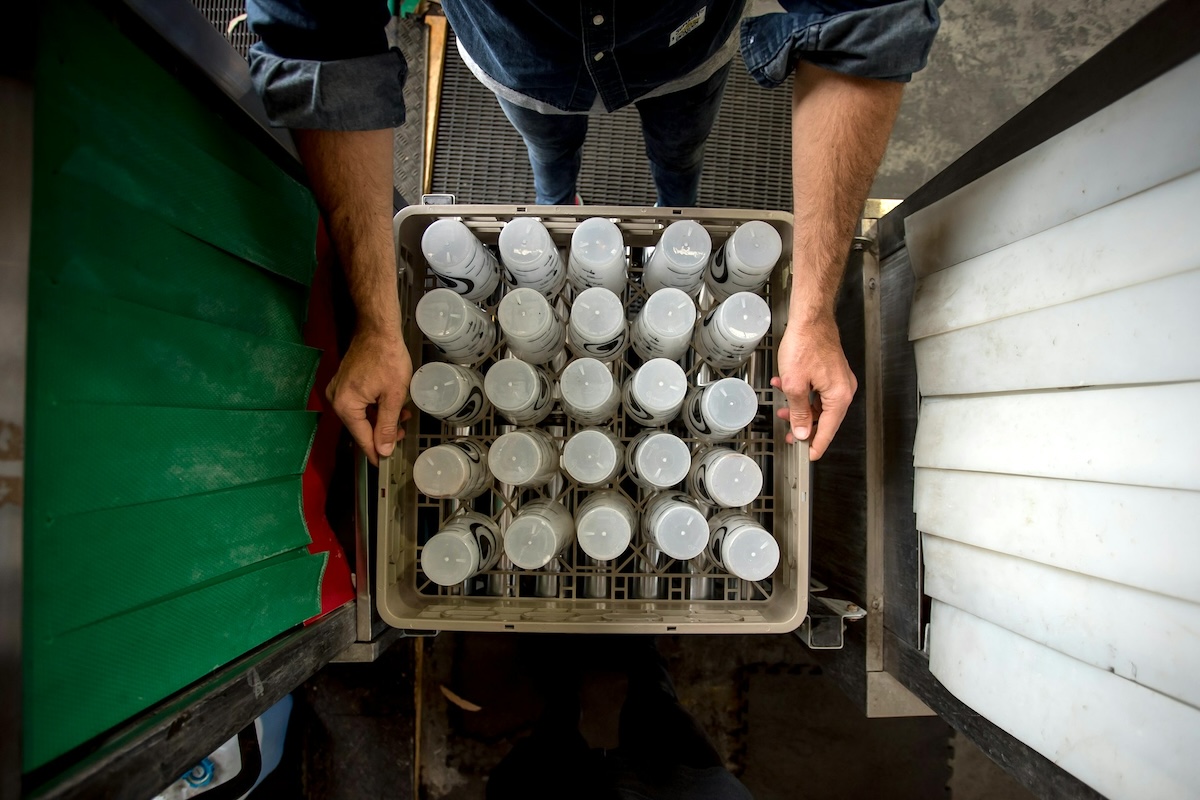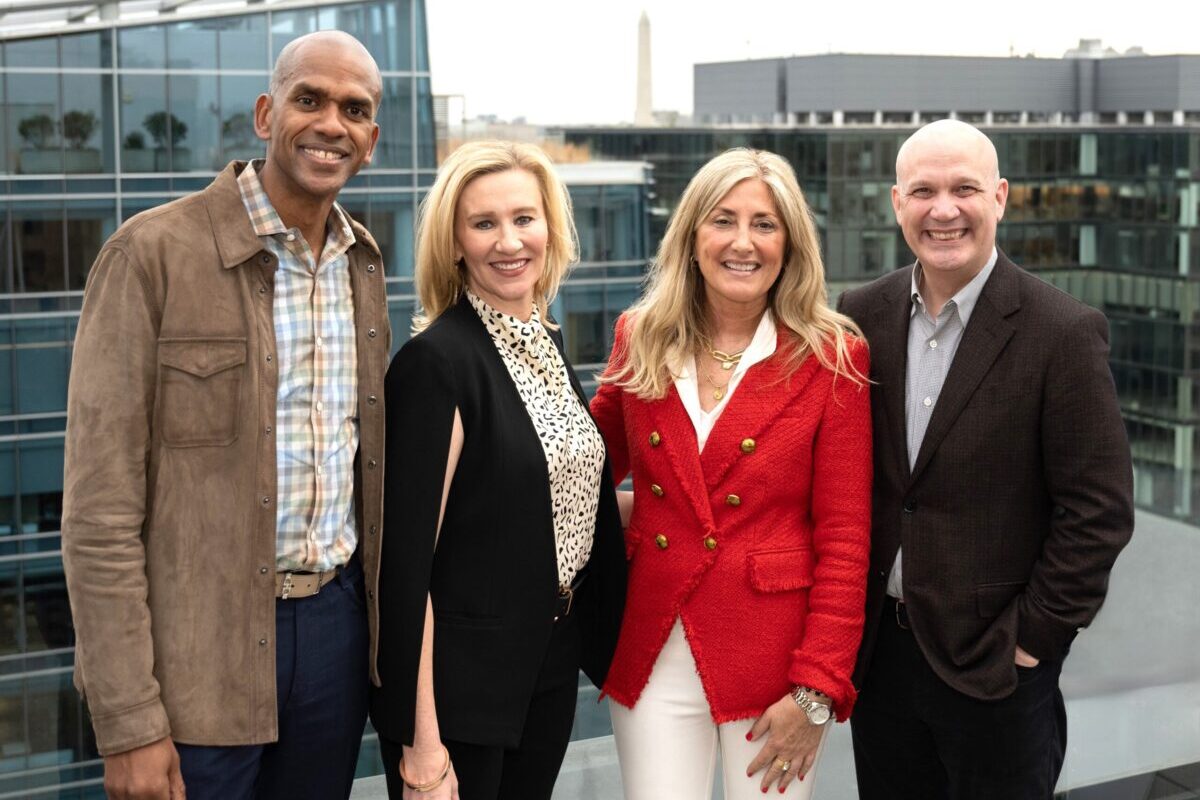Carina Bauer, CEO of IMEX Group, and Ray Bloom, chairman and founder of IMEX Group
Lori Cioffi sat down with Carina Bauer, CEO of the IMEX Group, to discuss IMEX’s long-term involvement with issues related to sustainability — and what changes she predicts will affect the industry in coming years as the demand for climate-sensitive events increases.
LC: You’ve been interested in matters around sustainability for as long as I’ve known you. It’s been a recurring theme. What does the word “sustainability” mean to you and to IMEX at this point?
CB: As you say, we’ve always talked about sustainability, but we moved in the early years of IMEX from talking about it to realizing we had to walk the talk. That was the early 2000s. And in a way, we learned from our own educational sessions and our own awards programs. We thought we would educate the industry about this topic “sustainability”, and then we will do awards to put a spotlight on it. As we learned from those examples, we realized we needed to do these things as well.
Now, it’s fundamental to how we work as a team and as a business. It doesn’t mean we’re perfect; there’s still a lot for us to do, but it means we think about sustainability in everything we do. For example, even our office management teams work on their sustainability goals.
And as far as the show here goes, we measure what we do — the good and the bad — and it helps us to incrementally improve. Having done that for many years has resulted in it being really embedded in our business and everyone can own a piece of it and play their part. It’s important to us.
LC: You have a checklist and other materials to help your exhibitors and attendees reduce waste and their environmental impact. But in the end, they are suggestions. How do you measure what someone else is doing in terms of protecting the environment?
CB: What we can measure are things like the energy consumption at the show, the waste diversion of the show, water consumption, those types of things. But in terms of the materials a company utilizes to build a booth, unless we contractually mandate the use of certain materials, we can’t impact that. What we can impact is the materials that say GES will use. They have a sustainable range they offer. They offer carpet, for example, that’s fully recyclable. Those are the things we can do and that impacts everybody on the show floor. But you are correct, there are areas where it’s harder for us to have an impact. Having said that, I truly believe there will be game-changing differences in that supply chain and the materials they will use and offer.
LC: Would it ever come to mandates? Is that a possibility?
CB: We’d prefer not to be in the position to have to mandate. I’d much prefer to work to impact that supply chain. For example, if Vancouver is exhibiting here, they shouldn’t have to worry if their booth is made of sustainable materials; it should just be the norm in the industry. And that’s where we need to get to, where the materials in the supply chain are regenerative.
LC: In my hotel room here there’s no way to recycle anything. How can IMEX or other big shows work with suppliers to change that sort of thing?
CB: It’s about asking for it and telling the suppliers that it’s important to you. You can put it in the contract, and I think that would be the next stage. I don’t believe every planner has the ability just yet to mandate to a hotel property how they run their hotel rooms. I think we will see this happen when the suppliers themselves want to implement these changes. It won’t be tenable in the next five years for hotel chains and conventions centers to not be taking significant steps toward reducing their waste and their carbon footprint.
LC: I’ve heard people say climate activism will be coming after this industry.
CB: Without a doubt.
LC: How will that impact the business events industry? Will we listen?
CB: People will listen if it changes the business model. The challenge right now is to anticipate the change so that as an industry there is no need for that type of activism because we’ve already taken significant steps to reduce waste and our carbon footprint, and to use regenerative materials. But we all must be in this together — not just the hotel chains, not just the convention centers — all of us. We can’t put our heads in the sand like we’ve been doing. It’s not just our industry. In fact, compared to many others, we probably are not so bad. Ultimately, if we think it’s never going to happen, that’s when the activism will come and it’s going to be tough, and it will change our business model. But we can prevent that.
LC: Technology companies in the meeting space say that they can be a solution to our industry’s issues around sustainability and carbon emissions. Do you agree with that?
CB: I think it’s a false dawn. I don’t see it happening. The reality is that even to solve the problems of climate change, 40,000 people from around the world needed to get together in Glasgow because it’s more effective to get together face to face to solve those problems.
Nothing happened during the pandemic in terms of negotiations on climate change because it was too easy over technology to not engage with those negotiations. And that’s why those 40,000 people are there. If people think meetings and events aren’t going to happen, I just don’t buy into that and not just because we are in this industry. People need to build trust to effect change.
That doesn’t mean some meetings won’t take place on tech platforms or we can’t use technology to expand the reach of what we are doing, but ultimately as an industry we can’t rely on that to solve the problem. We must make sure that when an event like IMEX is put on, the materials are regenerative and recyclable and that we can measure the carbon impact.
A lot of sustainability professionals have said to me this week that we need to measure the impact of a show like IMEX in terms of the trips that are not happening because people have been able to come here. So, think about the 2,500 buyers here that would have to travel around the world for site visits and to meet the people they are meeting here in person. How much does that reduce our carbon emissions? There are different ways of measuring our impact. But ultimately, I think what the activists will look at is partly travel, but also a show like this. What happens to this carpet, what happens to these walls — are they thrown away? Are they reused? How many years is your signage being utilized? That’s the kind of impact where we can effect change and do it quite fast.
Images supplied by IMEX

Tour to the MGM Resorts Mega Solar Array: A special opportunity to learn about the hospitality industry’s largest direct connect renewable energy project in the world.

The Misfit Market at the People & Planet Village: Fruit Juices are made from B-rated fruit and vegetables to avoid wastage.





